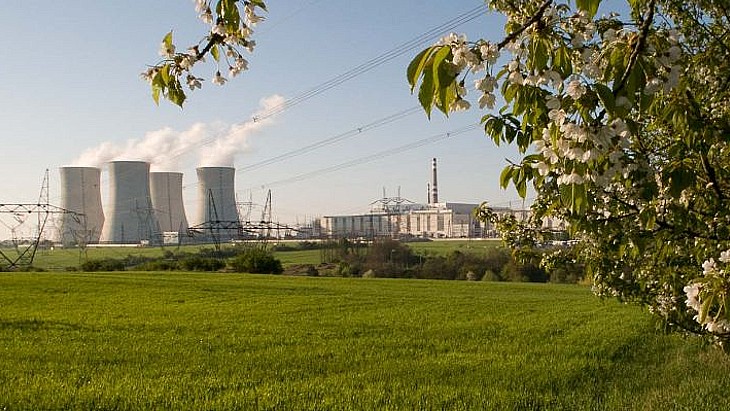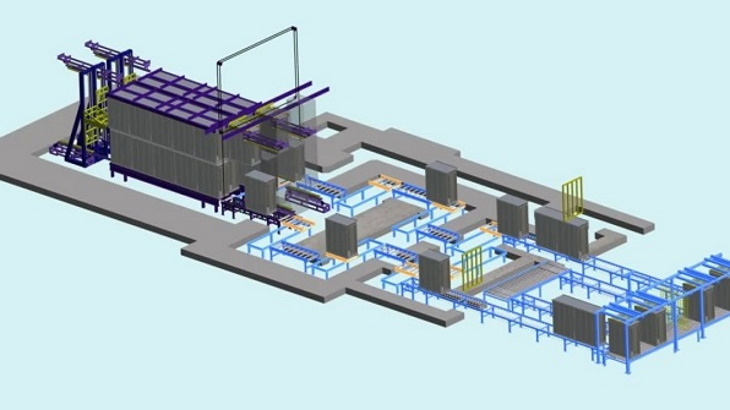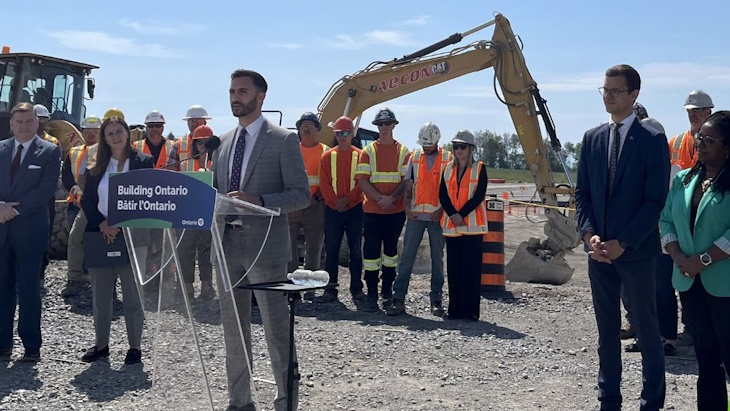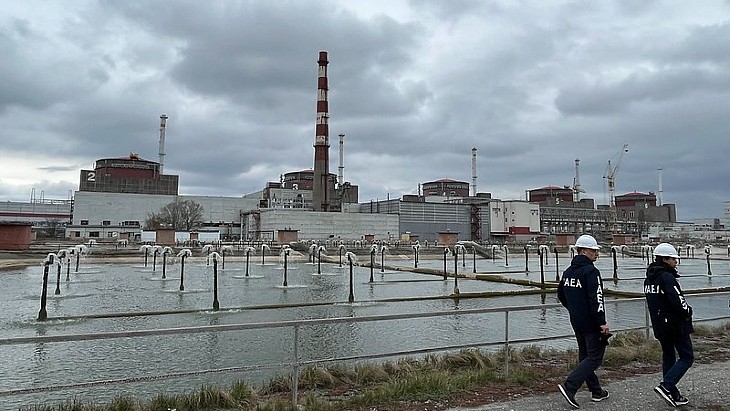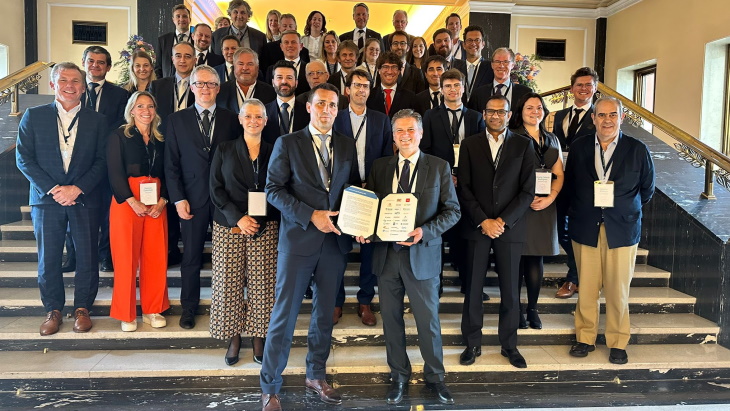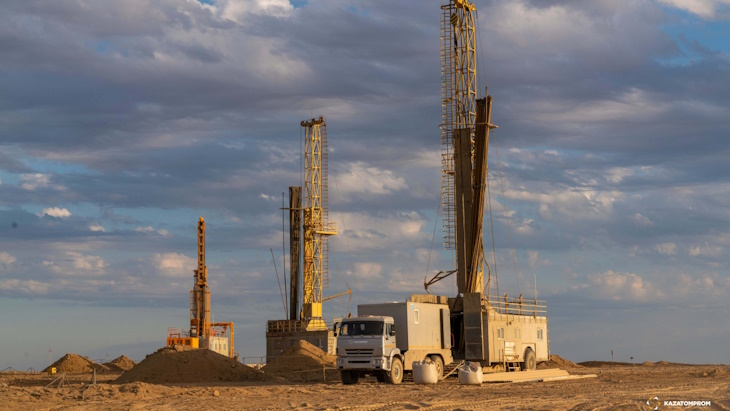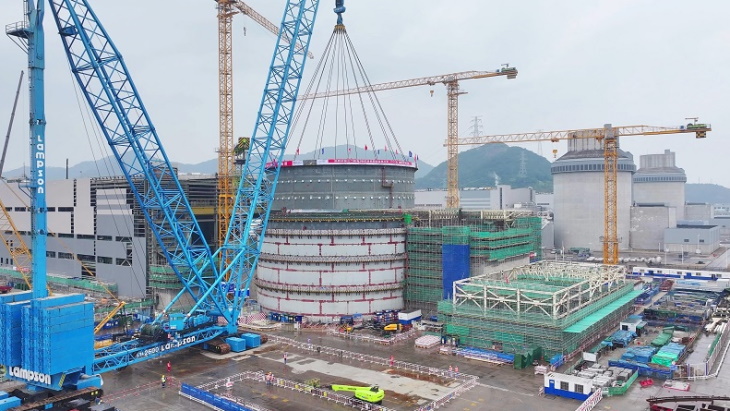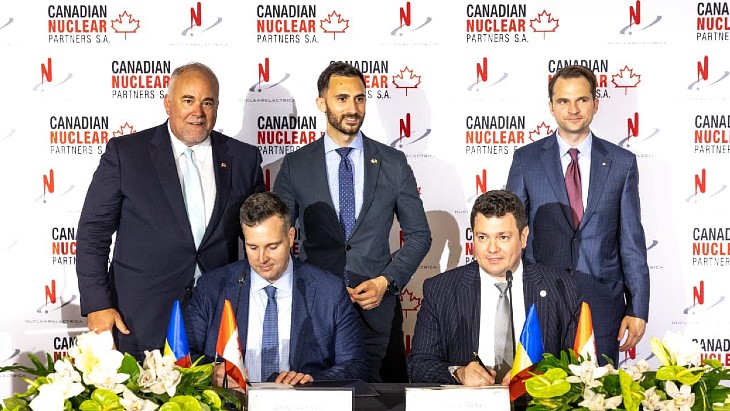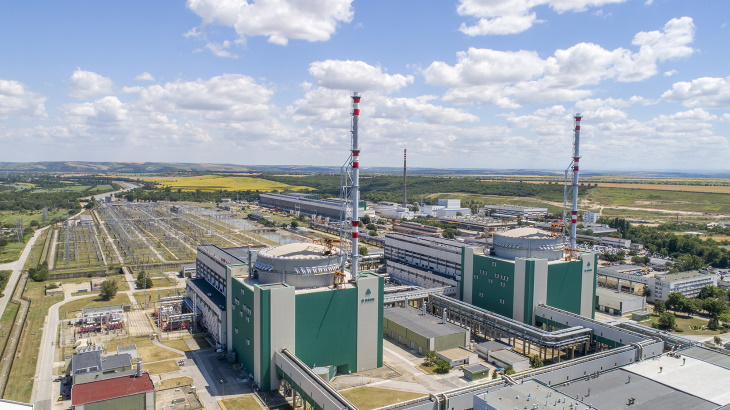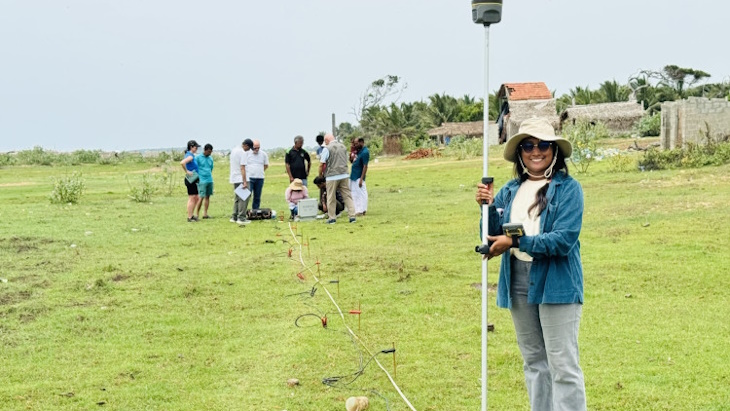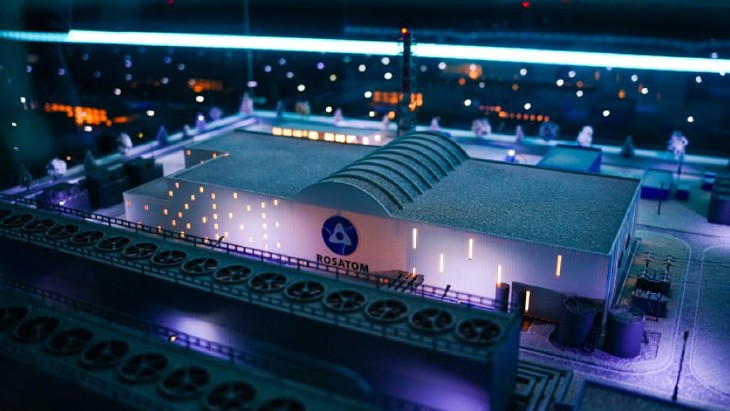Source: https://www.world-nuclear-news.org/Articles/Preparatory-activities-begin-at-Imouraren
Orano has restarted preparatory work for the Imouraren uranium mine in Niger where the company has previously said it intends to carry out an in-situ leach pilot programme - but press reports suggest the Nigerien mining ministry might be about to revoke the operating permit for the project.
Imouraren is about 80km south of Arlit and about 160km north of Agadez. First discovered in 1966, it has mineral reserves of over 200,000 tU and is described by Orano as containing one of the largest uranium reserves in the world. Operating company Imouraren SA - owned 66.65% by Orano Expansion and 33.35% by Sopamin and the State of Niger - was awarded an operating permit to mine the deposit in 2009 and excavations began in 2012, but development was suspended in 2015 pending more favourable market conditions.
The joint venture is now looking into the possibility of using in-situ leach methods to bring it into production and Orano has previously said it would begin a pilot programme this year with a view to making an investment decision in 2028 if feasibility is confirmed.
An Orano spokesperson, quoted by AFP, has now said infrastructure at the site has been reopened to accommodate the construction teams and move the work forward.
Orano currently produces uranium in Niger from open-pit operations at SOMAÏR (Société des Mines de l’Aïr), near the town of Arlit. SOMAÏR is 63.4% owned by Orano and 36.66% owned by Sopamin (Sopamin manages Niger's state participation in mining ventures). It is also carrying out remediation of the former COMINAK underground uranium mine, where over 40 years of production came to an end in 2021.
But Bloomberg has reported Niger's mining ministry has now said Orano's plans for development of the deposit do not meet with the authorities' expectations, citing a letter which said a notice period will end on 19 June "after which date the company’s operating permit will be revoked". The letter, dated 11 June, has reportedly been confirmed by a spokesman for the military junta which has been in power in Niger since June 2023.
Earlier this month, Russian atomic company Rosatom and Orano both denied press reports alleging that the Russian company was planning to take over Orano's assets in Niger. "Rosatom has no plans to acquire uranium mining assets in Niger that are owned by Orano," Rosatom's press service told TASS in response to press reports, with Orano telling Bloomberg it was unaware of any discussions between Niger and Russian entities.
Orano said today it has no additional comment on reports about the Imouraren permit.

